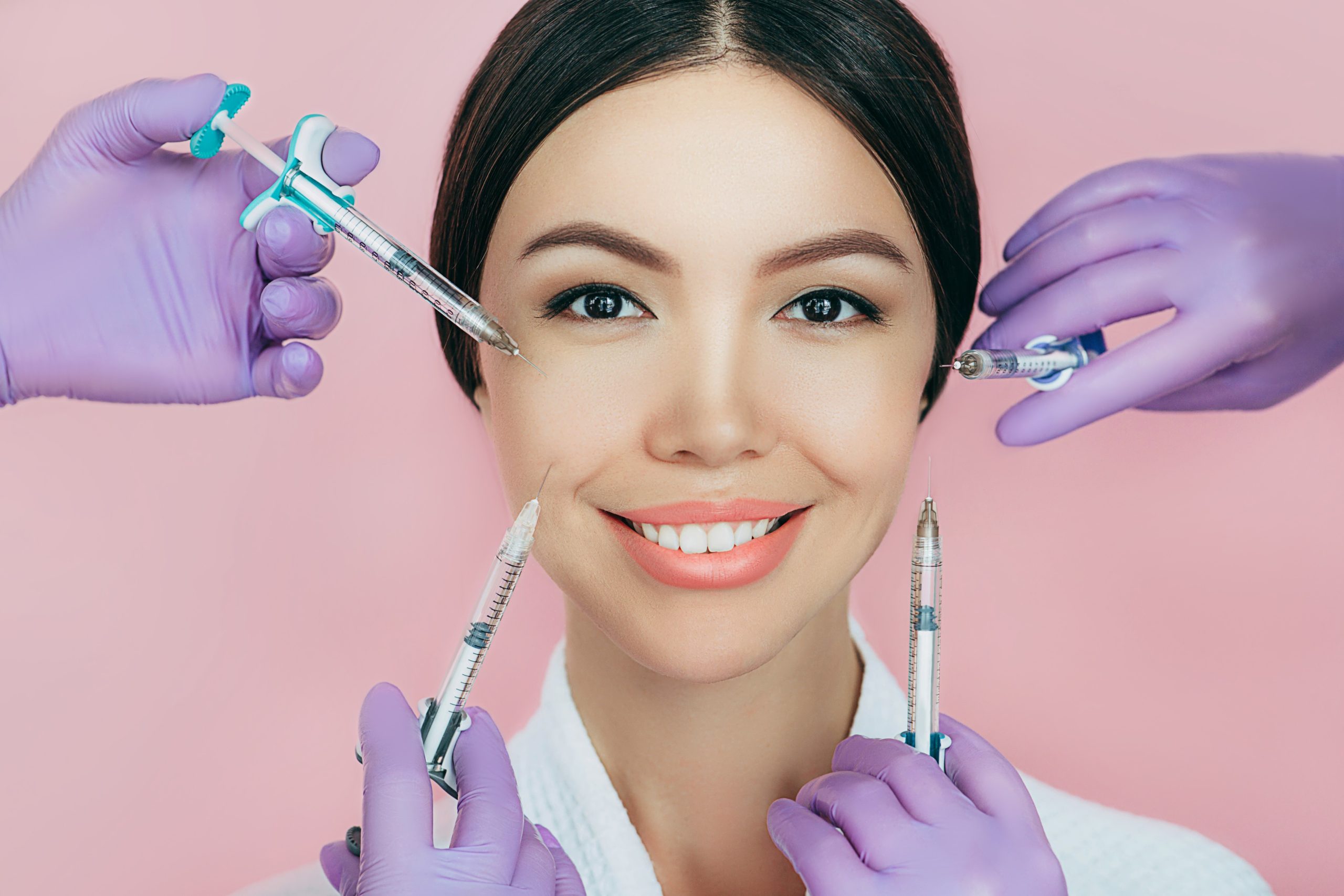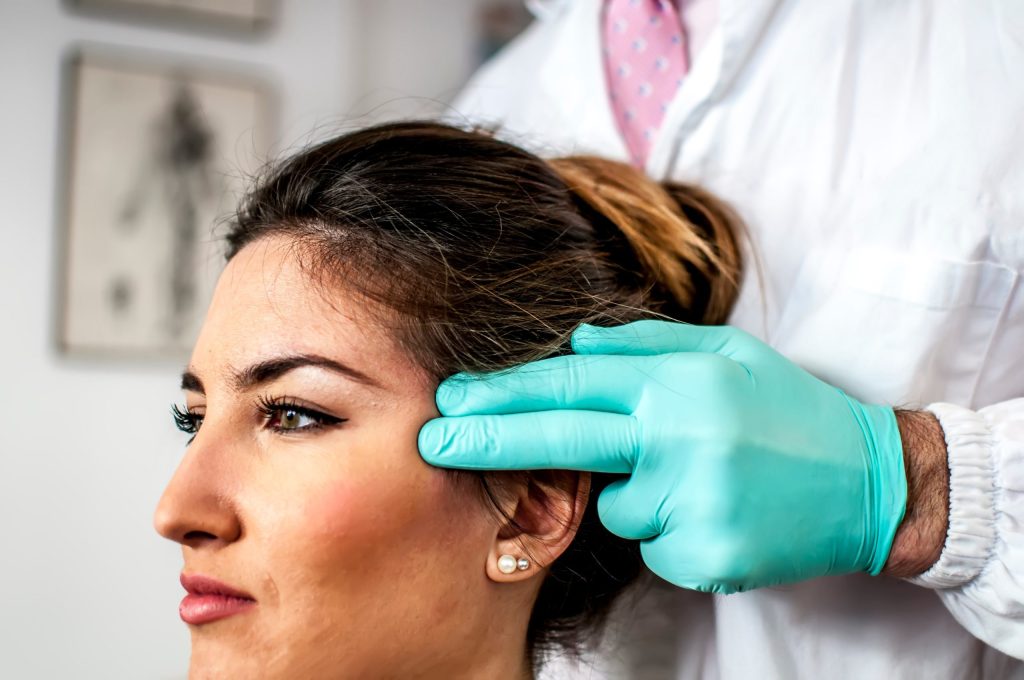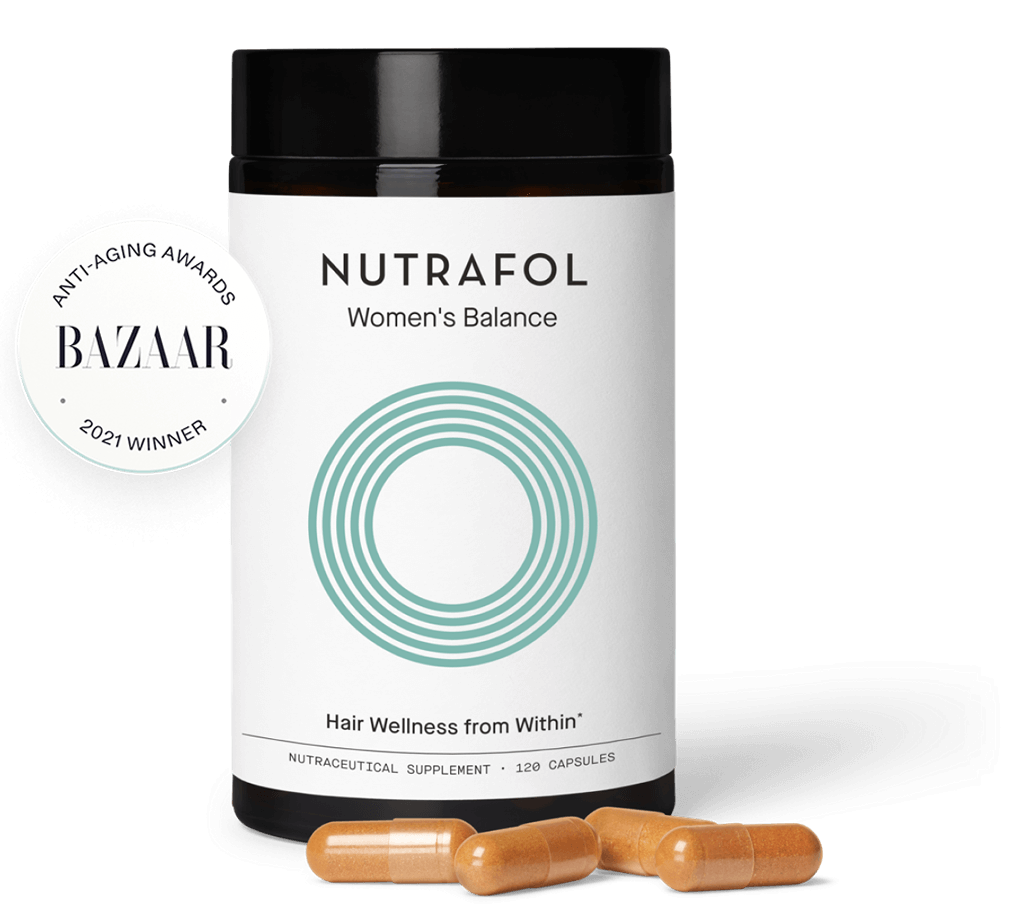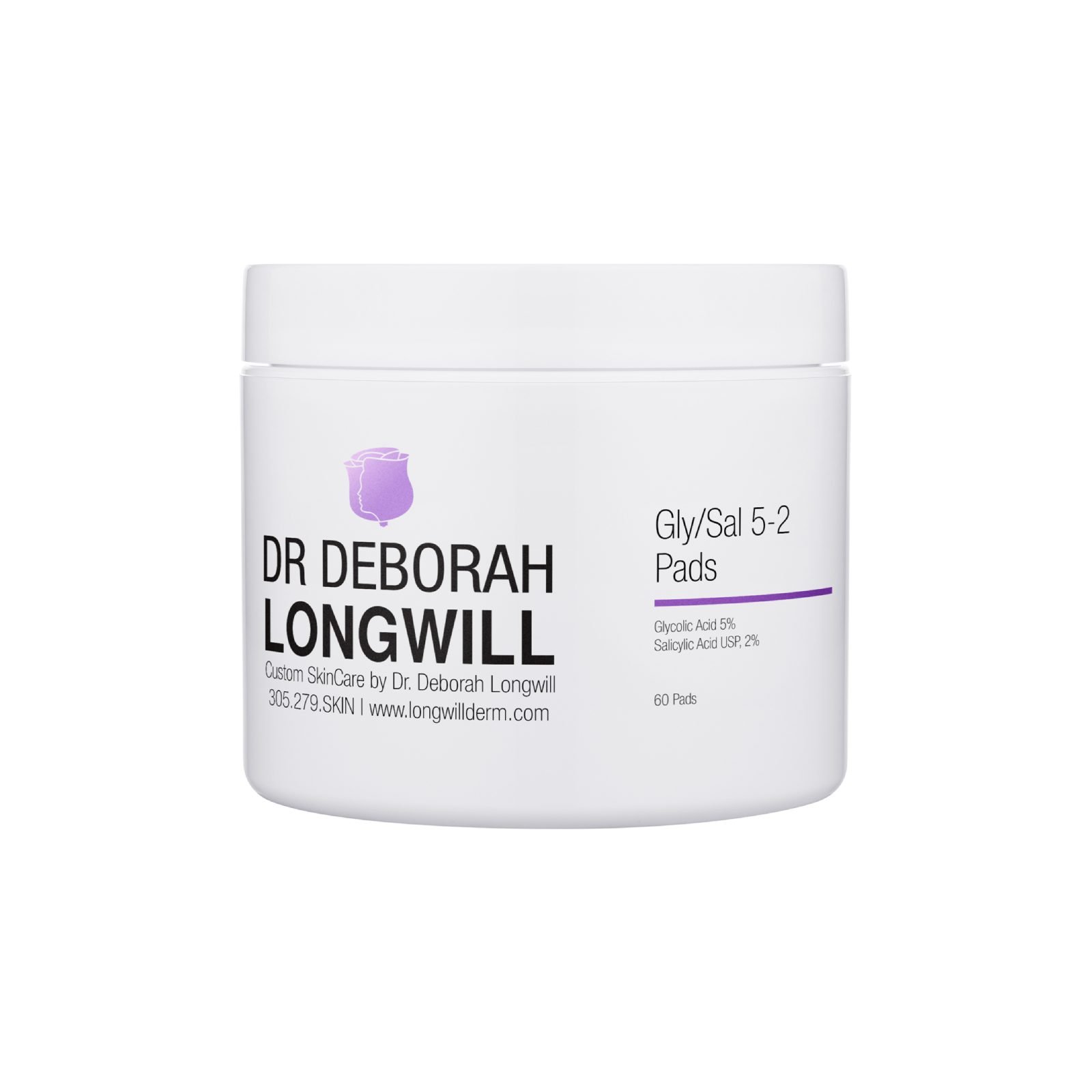No products added!
According to a recent survey, nearly 3.4 million Botox treatments were administered in the U.S. last year alone, and that number continues to rise. With these figures, it’s clear that Botox and fillers are becoming mainstream options for individuals seeking a rejuvenated look without the need for invasive surgery.
But the question remains, Botox vs fillers, how do they differ, and which one should you choose for your aesthetic goals?
When it comes to achieving a youthful, radiant appearance without undergoing invasive surgery, Botox and dermal fillers are two of the most popular non-surgical options available today. Both treatments have gained widespread attention for their ability to address signs of aging and enhance facial features, but they work in very different ways. While Botox targets wrinkles caused by muscle movement, dermal fillers focus on restoring lost volume and smoothing out static wrinkles.
 What is Botox?
What is Botox?
Botox® is a neurotoxin derived from Clostridium botulinum, commonly known as botulinum toxin. Botox is injected into specific facial muscles to temporarily paralyze or relax them, thus reducing the appearance of dynamic wrinkles. Dynamic wrinkles, such as crow’s feet around the eyes or frown lines on the forehead, form when we repeatedly use our facial muscles. Botox works by blocking the signals from the nerves to the muscles, preventing them from contracting.
This relaxing effect smoothens the overlying skin and reduces the appearance of wrinkles, giving the face a more youthful and refreshed look.
Common Areas for Botox Injections
- Forehead lines (horizontal creases)
- Frown lines (between the eyebrows)
- Crow’s feet (lines around the eyes)
- Bunny lines (on the nose)
- Neck bands (platysma bands)
How Long Does Botox Last?
The effects of Botox typically last between 3 and 6 months, depending on factors like the area treated, the individual’s metabolism, and the frequency of Botox treatments. As Botox wears off, the treated muscles slowly regain their ability to contract, and the wrinkles gradually begin to return. Many individuals choose to schedule follow-up treatments every few months to maintain the smooth, youthful appearance Botox provides.
The Botox Treatment Process
- Consultation: During your consultation, a dermatologist or trained professional will assess your facial features, discuss your aesthetic goals, and determine the best Botox treatment plan for you.
- Injection: Botox is injected directly into the muscles of the targeted area using a fine needle. The procedure is quick, typically taking around 10 to 15 minutes, depending on the number of areas being treated.
- Post-Treatment Care: After your Botox injections, you can return to normal activities immediately. It’s recommended to avoid rubbing the treated area or engaging in strenuous activities for at least 24 hours. Some mild swelling or bruising may occur at the injection site, but these side effects usually resolve quickly.
After Botox injections, many patients begin to see noticeable improvements within 3 to 5 days, though the full results typically appear within 7 to 10 days. The treated areas will look smoother, and the dynamic wrinkles will be softened or eliminated. The results will be subtle but significant, with a natural appearance that allows you to express yourself freely while looking refreshed.
It’s important to note that Botox works best when used in conjunction with a healthy skincare routine. Products like hyaluronic acid moisturizers and anti-aging serums can help maintain the smooth, youthful appearance you achieve with Botox by keeping your skin hydrated and nourished.
Possible Side Effects of the Botox Procedure
Botox is generally considered safe when administered by a licensed professional. However, as with any cosmetic procedure, there are potential side effects. Common side effects include:
- Mild swelling or bruising at the injection site
- Headaches or a feeling of heaviness in the treated area
- Temporary eyelid droop (rare)
- Flu-like symptoms (such as fatigue)
These side effects are usually temporary and will subside within a few days to weeks. To minimize risks, it’s essential to work with a qualified cosmetic dermatologist or medical professional.
If you’re considering Botox treatments, consult with a trusted professional at Dr. Longwill Skincare to discuss your goals and develop a treatment plan tailored to your needs. With the right care and attention, Botox can help you maintain a youthful, vibrant look that enhances your natural beauty.
What Are Dermal Fillers?
While Botox focuses on relaxing facial muscles, dermal fillers are used to add volume to areas that have lost elasticity due to aging or environmental factors. Fillers are soft tissue injectables that are typically made from substances like hyaluronic acid, calcium hydroxylapatite, or poly-L-lactic acid. These substances help restore volume to areas of the face that may have sunken or developed lines over time.
Hyaluronic acid fillers, in particular, are extremely popular due to their ability to attract and retain moisture, leading to a more natural and youthful appearance. The results are often more subtle compared to Botox, as fillers add volume to the face, smooth out wrinkles, and provide a plumper, refreshed look.
Common Areas for Dermal Filler Injections
- Nasolabial folds (lines around the mouth)
- Cheeks (to add volume)
- Lips (for fuller lips)
- Under-eye area (to treat hollows or dark circles)
- Jawline (for definition)
- Marionette lines (lines around the corners of the mouth)
Types of Dermal Fillers and How They Work
- Hyaluronic Acid Fillers: These fillers are made from a gel-like substance that attracts and holds moisture, which naturally plumps the skin and reduces the appearance of fine lines and wrinkles. Popular brands include Juvederm and Restylane.
- Calcium Hydroxylapatite Fillers: These are thicker than hyaluronic acid fillers and are often used for deeper wrinkles or to add more significant volume. Radiesse is a commonly used filler made from this material.
- Poly-L-Lactic Acid Fillers: This type of filler stimulates the body’s natural collagen production and is used to address volume loss in the face. Sculptra is a well-known brand that uses poly-L-lactic acid to provide gradual, long-term volume restoration.
How Do Dermal Fillers Work?
When injected into the skin, dermal fillers work by replenishing volume and smoothing out wrinkles. The substance injected fills in the areas of the face that have lost volume, providing a plump, refreshed look. As the filler adds volume, it softens the appearance of deep wrinkles and folds, giving the face a smoother, more youthful contour.
The process is relatively simple. After a consultation with a dermatologist or cosmetic expert, the appropriate filler will be injected into the targeted areas using a fine needle. The procedure typically takes 15 to 30 minutes, depending on the number of areas being treated. Results are often immediate, and you can resume normal activities right after treatment.
Benefits of Dermal Fillers
Dermal fillers offer a wide range of benefits, making them a popular choice for individuals looking to rejuvenate their appearance. Unlike some treatments, the effects of dermal fillers are visible immediately after the procedure. You’ll notice smoother skin and added volume in treated areas right away.
Dermal fillers provide a non-invasive alternative to cosmetic surgery, with no need for cuts, stitches, or lengthy recovery times. Dermal fillers can be tailored to your specific needs. Whether you’re looking to add volume to your cheeks, plump your lips, or smooth out deep wrinkles, fillers can be customized to address your unique goals.
The effects of dermal fillers typically last between 6 months to 2 years, depending on the type of filler used and the area treated. For example, hyaluronic acid fillers tend to last 6-12 months, while calcium hydroxylapatite fillers can last up to 18 months or more. The procedure involves minimal discomfort, and most people can return to their regular activities within a day or two. Any swelling or bruising that occurs usually resolves quickly.
What to Expect During a Dermal Filler Appointment
The procedure for dermal fillers is relatively straightforward and involves the following steps:
- Consultation: During your initial consultation, the dermatologist will discuss your aesthetic goals, assess your facial features, and determine which dermal filler is best for you.
- Preparation: Before the procedure, the area being treated will be cleaned, and a topical numbing cream may be applied to minimize discomfort. In some cases, fillers may already contain a local anesthetic to further reduce pain during the injection.
- Injection: Using a fine needle, the dermal filler will be injected into the treatment area. The procedure typically takes between 15 and 30 minutes.
- Post-Treatment Care: After the procedure, you may experience mild swelling, redness, or bruising at the injection site. These side effects usually resolve within a few days. It’s recommended to avoid touching or massaging the treated areas for the first 24 hours to ensure the filler settles properly.
Possible Side Effects of Dermal Fillers
Dermal fillers are generally safe, but as with any cosmetic procedure, there can be side effects. The most common side effects are temporary and may include:
- Swelling or bruising at the injection site
- Redness or slight irritation
- Lumps or bumps under the skin (usually temporary and can be massaged out)
- Infection (rare, but can occur if proper aftercare is not followed)
The longevity of dermal fillers depends on several factors, including the type of filler used, the area treated, and individual factors like metabolism. Here’s a general guideline for how long dermal fillers can last:
- Hyaluronic acid fillers: 6-12 months
- Calcium hydroxylapatite fillers: 12-18 months
- Poly-L-lactic acid fillers: 2 years or longer
To maintain the results of your dermal filler treatment, you may need touch-up injections every 6 to 18 months, depending on the type of filler.
At Dr. Longwill Skincare, we specialize in providing personalized dermal filler treatments tailored to your unique needs. Our expert team will work with you to determine the best filler for your aesthetic goals and ensure that you achieve natural-looking, long-lasting results. Book a consultation today to discover how dermal fillers can help you achieve a youthful, refreshed appearance.
Botox vs Fillers: The Key Differences
Understanding the differences between Botox and dermal fillers can help you choose the right treatment based on your individual needs and aesthetic goals.
Botox is primarily used to treat dynamic wrinkles, which are caused by muscle movement. These wrinkles appear in areas like the forehead, around the eyes (crow’s feet), and between the eyebrows (frown lines). Botox works by temporarily relaxing the muscles that cause these wrinkles, smoothing the overlying skin.
On the other hand, dermal fillers are used to address static wrinkles and areas of the face that have lost volume due to aging, fat loss, or other factors. Fillers are ideal for smoothing out deep lines and adding volume to areas like the cheeks, lips, and under the eyes.
Differences – How They Work
Botox works by injecting botulinum toxin, which temporarily blocks nerve signals and relaxes facial muscles. This prevents the muscles from contracting, which helps to soften dynamic wrinkles.
In contrast, dermal fillers are injected into the skin to add volume and plump up areas that have lost fullness. The fillers themselves are typically made from ingredients like hyaluronic acid, calcium hydroxylapatite, or poly-L-lactic acid, all of which help to restore volume, smooth wrinkles, and improve skin texture.
Longevity of Results
Botox generally lasts between 3 to 6 months before the muscles begin to regain their ability to contract, and the wrinkles start to return.
Dermal fillers, depending on the type, can last anywhere from 6 months to 2 years. Hyaluronic acid fillers tend to last 6–12 months, while other types, such as calcium hydroxylapatite fillers, may last up to 18 months or more.
Procedure and Side Effects
Both treatments are quick and minimally invasive. Botox typically involves a series of small injections to the targeted muscles, while dermal fillers are injected into areas of volume loss.
After treatment, Botox may cause mild swelling, bruising, or a slight headache in some cases. Dermal fillers may cause swelling, bruising, or the formation of temporary lumps under the skin. These side effects are usually minor and resolve within a few days.
Choosing The Right One
Botox and dermal fillers are both highly effective at addressing different types of facial aging. Botox is the treatment of choice for dynamic wrinkles, while dermal fillers are best for addressing volume loss and static wrinkles. Depending on your goals, you may even choose to use both treatments in tandem to achieve a complete facial rejuvenation.
Ultimately, the choice between Botox and dermal fillers comes down to the areas you want to treat and the specific aesthetic results you’re hoping to achieve.
How to Choose Between Botox and Dermal Fillers
Choosing the right treatment depends on the specific concerns you want to address. If you’re focused on reducing the appearance of wrinkles that appear when you move your facial muscles, Botox is your go-to option. However, if you’re dealing with volume loss or deeper wrinkles that are visible even when your face is relaxed, dermal fillers may be the better choice.
Here are some quick guidelines to help you decide:
- Botox is best for dynamic wrinkles like crow’s feet, forehead lines, and frown lines.
- Dermal fillers are ideal for static wrinkles and volume loss in areas like the cheeks, lips, and under the eyes.
- For a comprehensive rejuvenation, many people choose to combine both treatments to address different types of wrinkles and restore volume to their faces.
 Enhancing Your Results with Dr. Longwill Skincare Products
Enhancing Your Results with Dr. Longwill Skincare Products
To maintain the youthful glow you achieve with Botox and dermal fillers, it’s important to follow a proper skincare routine. Dr. Longwill Skincare offers a range of products designed to support your skincare goals and keep your skin healthy and radiant.
- HydraFacial MD: A deeply hydrating treatment that exfoliates and rejuvenates the skin, helping you maintain the smoothness and radiance you get from Botox or fillers.
- Revitalizing Serum: Perfect for post-treatment care, this serum helps to firm and hydrate your skin, enhancing the effects of Botox and dermal fillers.
- Hyaluronic Acid Moisturizer: Ideal for daily use to keep your skin hydrated and plump, complementing the effects of hyaluronic acid-based dermal fillers.
These products can help you get the most out of your treatments and maintain your youthful appearance for longer.
Both Botox and dermal fillers offer incredible benefits when it comes to rejuvenating the skin, reducing wrinkles, and restoring a youthful appearance. By understanding the differences between these two treatments, you can make an informed decision about which one (or both) is right for your aesthetic goals.
At Dr. Longwill Skincare, we specialize in providing personalized treatments that cater to your unique needs. We’re here to help you achieve the look you’ve always wanted. Book a consultation today and take the first step toward a refreshed, youthful you.



















